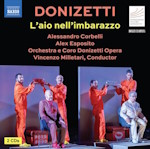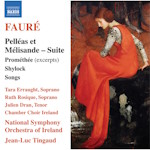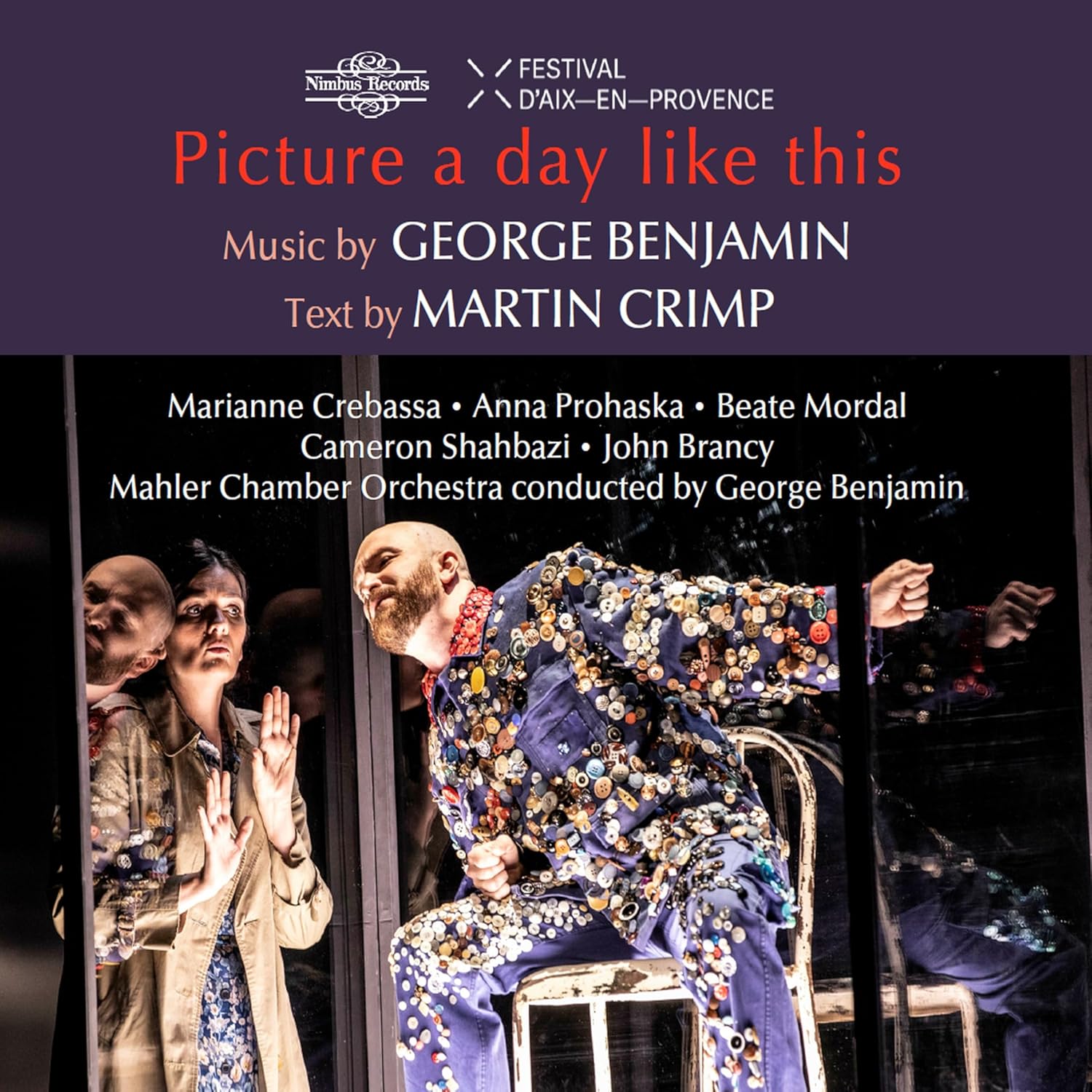Shostakovich: String Quartet No.14 in F sharp major, Op.142 (1972-3)
Allegretto
Adagio –
Allegretto – Adagio
After the thirteenth quartet it would be all too easy to underestimate No.14. The aura of death and personal despair which hangs over Shostakovich’s last compositions seems to have created such a Romantic image for these works that it has almost become a yardstick by which to judge each piece. One can find oneself trying to read too much into an individual work, over-influenced by what has gone before. But few people now underestimate Mahler’s tenth symphony, despite its incompleteness; and that experience leaves us in an emotional state strikingly similar to that created by this fourteenth quartet. Could we be witnessing the recognition of a painful longing for life which is slipping away – a passionate desire to be alive? One wonders whether – by 1910/11 – the stricken Mahler really still believed in the “Resurrection” of his second symphony. It would appear that Shostakovich believed in no such thing, and the beauty and serenity at the end of his fourteenth quartet is no expectation of Heaven. Here, more than anywhere else in Shostakovich, is that very special use of the major mode which expresses at the same time radiance, sadness, joy, pain, in the way that perhaps Schubert of all composers knew best, and put into practice most eloquently in the Adagio of his C major Quintet. Or again, Janáček, during the finale of Intimate Letters: the writer Joan Chissell found the fourteenth quartet “as joyful as anything in Janáček’s Indian Summer”. Like all the major works of Shostakovich’s final years this quartet is unique: experiences may be shared, but are viewed through totally different eyes and feelings, and on a wide variety of canvasses. No other work of his can quite match this impassioned radiance; no other comes so close to Janáček.
Quartets 11 to 14 were dedicated in turn to each of the original members of the Beethoven Quartet, and the last to be so honoured was the cellist, Sergei Petrovich Shirinsky (who, sadly, was not to live long enough to see the launching of the fifteenth). Here the cello is given an even more prominent part to play than the viola in No.13. As in the “’Prussian” Quartets of Mozart (also written for a cellist), textural equilibrium is considerably affected by this unusual balance of power: the viola in particular achieves a special independence, often originating in its responsibility for holding a strongly supporting bass line. Shostakovich takes this individual prominence a stage further by allowing each player an unusual degree of freedom in recitative-like solo passages, and it goes without saying that here is a prime example of a composer depending a great deal upon the interpretative authority and instrumental command of the quartet members: “Over to you”, one might imagine him saying. But then, he always did attach great importance to the individuality of his four players as well as to their corporate rôle within the ensemble, and in these solos he seems privately to greet each musician in turn.
As the fifteenth symphony marked a return to a more conventional type after the song-cycle format of No.14, so the layout of this quartet likewise seems more traditional in comparison with the single movement bogen structure of its predecessor. Yet its design actually bears a close resemblance to the highly influential No.12 in that, after a free-standing first movement, the rest of the work unfolds in one self-contained span where the recapitulation of movement 2 does not occur until after that of movement 3. A further overall unity originates in the repeated notes on the viola with which the work begins. These may seem no more than a conventional call to attention in preparation for the entry (on the cello) of the jolly first subject; but their reappearance under various disguises, at significant points along the work’s course, confirms their structural importance and helps to dispel any superficial impression of diffuseness. This first movement is particularly striking in a number of ways: its vast arch shape – within which are other smaller arches, all beautifully paced – gives every return to a point of commencement a feeling of rightness and security, as if nothing untoward had occurred in between. From its modest thematic beginning – almost Haydnesque in its joviality and carefree abandon – it expands into a piece of great strength and weight; paradoxically so, for none of the material is particularly weighty. Additionally, it encompasses a greater range of colour and sound than much of Shostakovich’s later music, and demonstrates a positive vitality – exhilaration, almost – which is rare in the other works of this period.
The Adagio has a nobility and life giving passion which is far removed from the anguish of No.13. The opening violin solo creates a sense of sadness by its slow tread, its minor mode, and its tendency to descend in pitch – often by semitones. During this movement our hearts will be gripped by the most ardently vibrant passage in all these late works, and at the end by music of breathtaking beauty – surely one of the most poignant moments in all chamber music: the first violin drifts through chromatic lines as if mesmerized by a dream; all around is the stillness of unearthly harmonies, stirring only occasionally in response to the hushed tenderness above, yet never rising higher than a whisper for fear of disturbing the private vision. I well remember when we first tried out this quartet, in our York University studio during the summer of 1974 (there having been no opportunity to hear the work beforehand), we found ourselves sitting in stunned silence for several minutes at the end of this movement……
In each of the last four quartets Shostakovich has come up with one or two totally new ideas, all of which represent extensions to his musical vocabulary – the listener may well recall the Klangfarbenmelodie passage from No.13, which can certainly be cited as a prime example. In fact, that could well be seen as the forerunner to a further exploitation of the technique here, where it is extended into a fierce “slanging match” of over forty bars in which the players in effect hurl notes at each other! Thereafter textures thin out, time signatures constantly change, tonality becomes increasingly unsettled; the impression of indecision is further underlined as earlier themes are recalled, but without being able to establish themselves again. Eventually the home key, long striven for, is at last arrived at; and with the cello once more singing over all the other instruments the final part of the quartet is reached as the music of the Adagio returns, now all clothed in the most glowing F sharp major tonality – the key of Mahler’s Tenth.
Quartet No.14 was given its Western première (by the Fitzwilliam) in Harrogate on 16th August, 1974, having been completed on 23rd April the previous year – not long after visiting the FSQ in York: maybe ideas were already germinating in his mind while he was here with us?
© Alan George


















